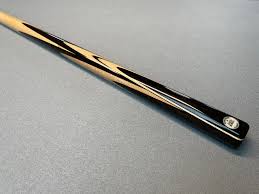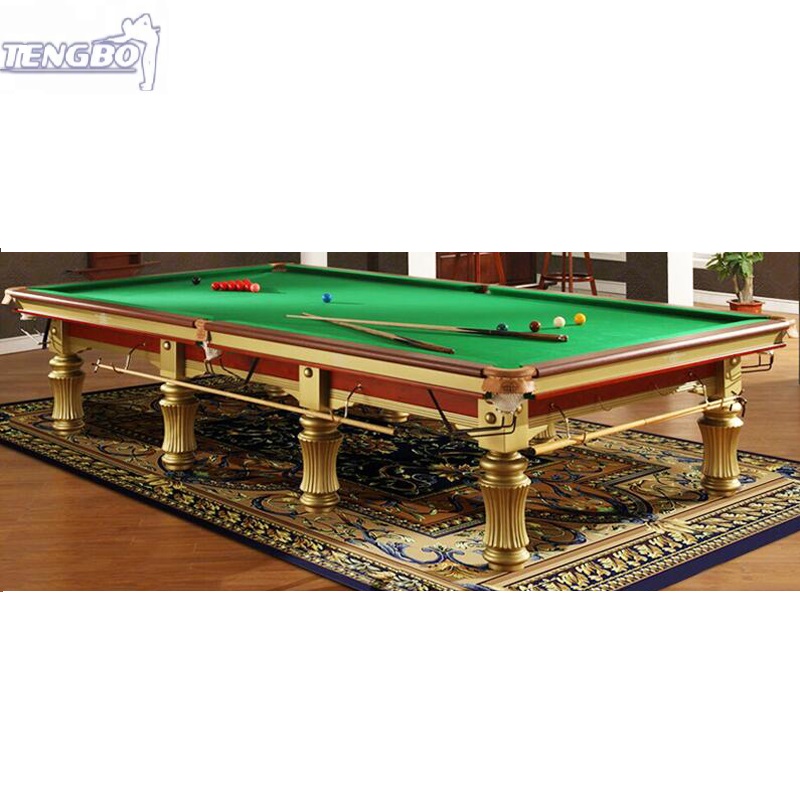
Although pool and billiards are similar, there are some key differences. First, the tables used in each game are different. Billiards tables can be larger than pool tables. Additionally, they use larger balls. Billiard cues also have a thicker and shorter cue length than pool cues.
Carom billiards does not require you to have a bank account
Carom billiards is different than pocket billiards as they do not use pockets to hold the ball. They also use three balls instead of the usual four. The cue must be used to aim at the balls so that they ricochet. These games require a lot skill and ingenuity. Each player gets three attempts per turn. A player can earn as much as 500 points, but the highest recorded score is only 427.
Carom billiards has one goal: to score as many points before your opponent as possible, and to do this within a given time period. A successful shot earns you one point. Misses are not penalized. Aramith Carom Balls allow players to attempt artistic billiards.
Only 3 balls are used
Carom is also available in billiards and pool. Both games require three balls: a carom ball and red. In carom billiards, the red ball is called the cue ball. The yellow, brown and blue balls are the remaining balls. Both games are played on pool tables that are five by ten feet.

Billiards is played at a 5-by-10-foot pocketless table and three balls. Three-cushion billiards has the cue ball marked on one side with a black dot. The red ball is always the object ball. The game's goal is to score the most points.
The napping direction of snooker cloth is obvious
Snooker cloth has a distinct directional nap that affects the trajectory of the ball. It is 100% wool and thick. This is different than carom cloth, which tends to be worsted and made for speed. Both types of cloth serve different purposes and are used in different ways.
You can most easily see the directional difference in a slow shot towards middle pocket. If the ball is not played at a dead weight, it will fall into the side cushion. To prevent this, aim your shot towards either the far or inside jaw of the middle pouch.
Modern billiards cues
Modern billiards utensils are quite different from traditional pool cues. They can be made out of different materials. Most billiards cues are made with steel or brass as the male and feminine connection points. These materials are more stable to temperature changes and can expand and contract at a lower rate than other materials. Some cues have precious stones and silver inlays, which are just a few of the many materials used.
Billiards evolved from stick and ball games played outdoors. The game is also called "ground pool" and is similar to modern games, such as golf, croquet or hockey. Despite the similarities, modern billiards cues are designed for different purposes.

History of billiards
The history of billiards and pool dates back to the 14th century, when ground billiards were invented. Although it is not clear where the word "billiards" came from, two French words are believed to be the source. The first is billette, which refers the mace stick that's used to banish balls. While the second is bille, which is the French word for tail, it is believed to be billette. Frenchmen contributed to the evolution of the game in addition to its English-language inventors.
In England and Europe, pool and billiards became very popular in the 18th century. King Henry VIII, Edward VI and the Archbishop of Glasgow both attended events that featured games of pool, and Cardinal Thomas Wosley, a friend of the king, wrote a letter praising the game. Billiards was an important game. French kings, noblemen, and others commissioned joiners to make their billiard tables in the 17th Century. Over the centuries, the game has changed significantly with the changing role of pockets.